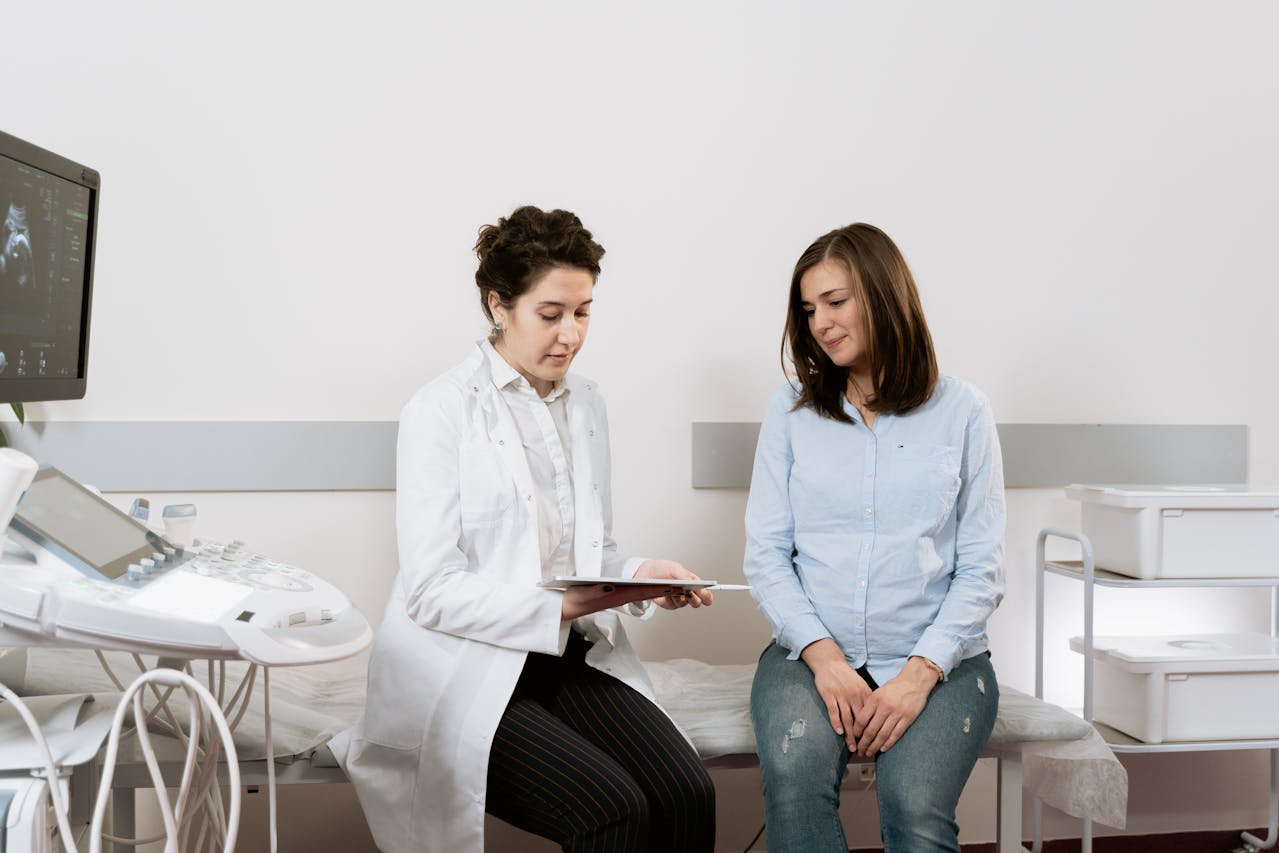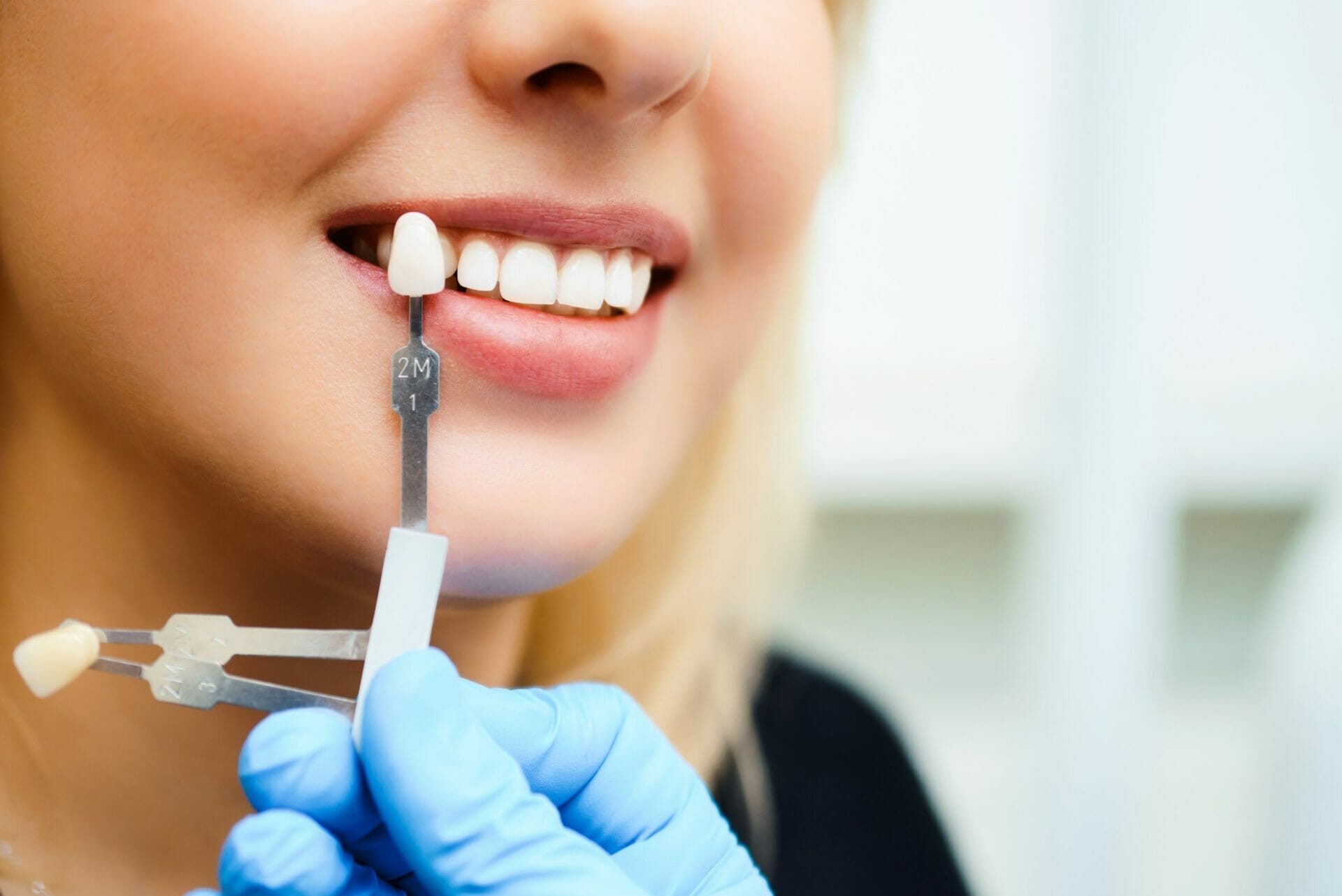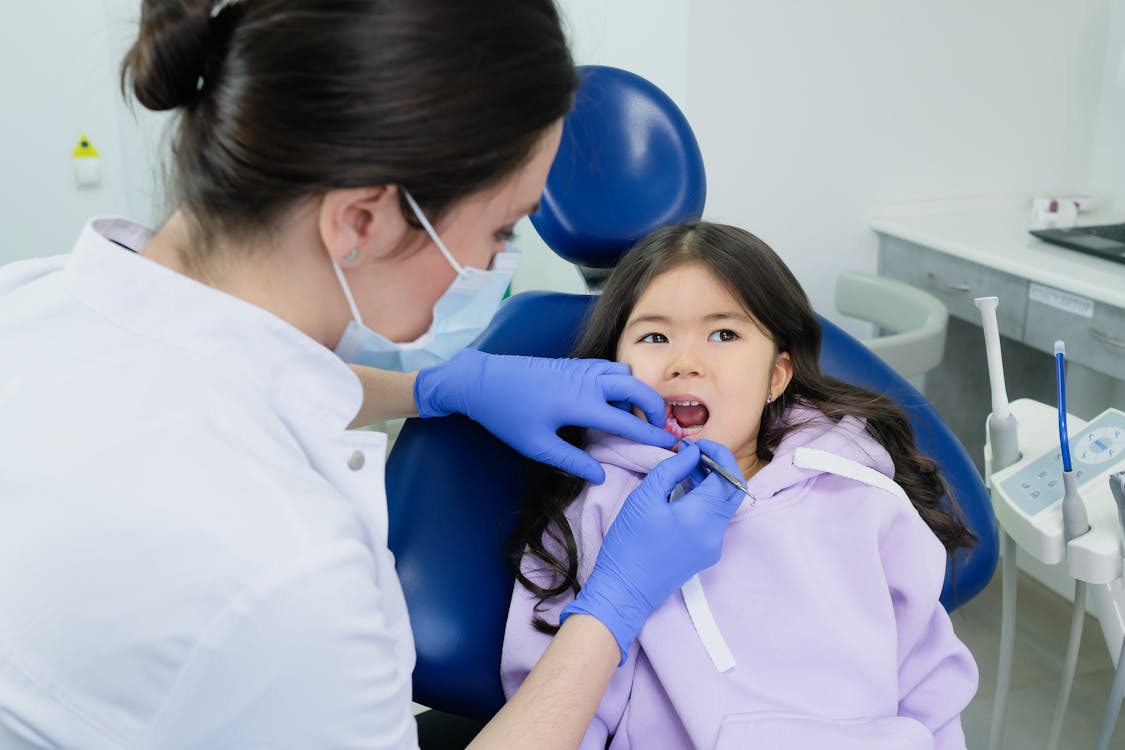
Remote Patient Monitoring Trends & Health Devices in 2023
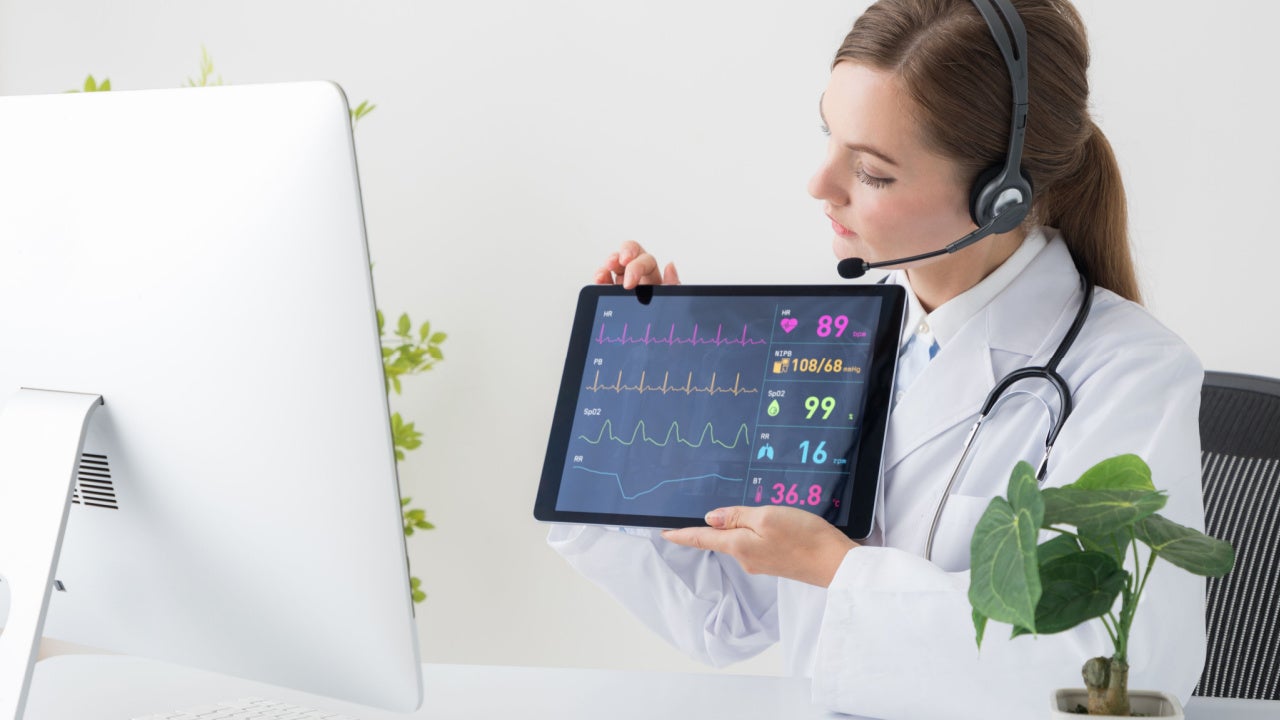 Posted On
Posted On
We’ve rounded out another strong year for remote patient monitoring technology. It has picked up right where it left off in 2023, with AI and other new technology continuing to spearhead transformations in this field. So what is happening in the world of remote patient monitoring this year? We went in such of answers and found plenty. These are the remote patient monitoring trends and health devices making headlines in 2023.
-
Table of Contents
Use Of Smart Biosensors To Manage Long-Term COVID
The coronavirus pandemic may seem like a lifetime ago. But the reality is that for many countries, better days still lie ahead. Covid has become yet another chronic illness for some to manage, and we’re noticing clinical workflows turning to smart wearable biosensors for the chronic care management of Covid.
These biosensors have become the frontier in coronavirus management, taking on roles such as:
- Detecting the disease in asymptomatic patients
- Mapping out real-time risk assessment across fluctuating health conditions
- Picking up the red flags of clinical deterioration
- Overseeing treatment adherence and much more
Intelligent biosensors ensure the devolved care of COVID patients long-term. With the ability to track a range of vitals from respiratory rate to body temperature and much more, this RPM technology has become a staple in 2023.
-
Health Device: Care Management Platforms With Arrhythmia Classification
The EKG or ECG has been the standard for many workflows when it comes to picking out arrhythmias. That doesn’t look like it will be changing anytime soon, and AI is now being leveraged to help arrive at more accurate ECG interpretations.
For example, Cardiac Rhythm offers an intelligent cloud management platform that helps to do just that. The machine learning algorithm has been trained on data sets containing countless hours of expert scoring. It utilizes this “experience” to guide human ECG techs toward more accurate arrhythmia identification, validation, and categorization.
Other bonus features of this smart care management platform include:
- HIPAA-compliant cloud storage
- 3rd party EMR integration bridges
- Personalized workflow and tracking features, among others
- Bespoke patient reports and much more
- Self-Assessment And Care Through Wearables
RPM wearables such as Cardiac Rhythm’s intelligent wearable biosensors have exploded in recent times. Their convenience, non-intrusive nature, and ability to keep patients out of a doctor’s office, have no doubt played a role in their meteoric rise in popularity.
Such sensors are setting the stage for self-assessment in RPM and telemedicine at large. There have even been pilot studies within SAGE journals that have looked into the viability of such solutions. The study findings have largely been positive, with researchers labeling technology-guided self-assessment as both “reliable” and “feasible.”
While there may still be a need for a healthcare professional to validate self-assessment outcomes, these will increasingly become the first point of contact between patients and their care providers.
-
Health Device: Multifunctional RPM Wearables Like The Faros Bio-Sensor
Conventionally, remote patient monitoring as pertains to cardiac events recording and more long-term scenarios have meant the application of different solutions, albeit within the same technological ecosystem.
But modern, AI-driven solutions such as Cardiac Rhythm’s Faros bio-sensor are changing this approach to cardiac care. Providing capabilities to collect beat-by-beat data for a little over 2 weeks, or short-term periods ranging from 24 hours to 1 week, this smart wearable is providing a more unified solution.
This is made possible by the biosensor’s advanced expanse of features, which include:
- Durable Lithium-ion power source for extended use
- Light-weight patch with a non-intrusive design
- Strong signal clarity
From atrial fibrillation to bradycardia and many other arrhythmia or heart problems in between, these smart wearables are providing the first line of detection and management of all sorts of cardiovascular conditions.
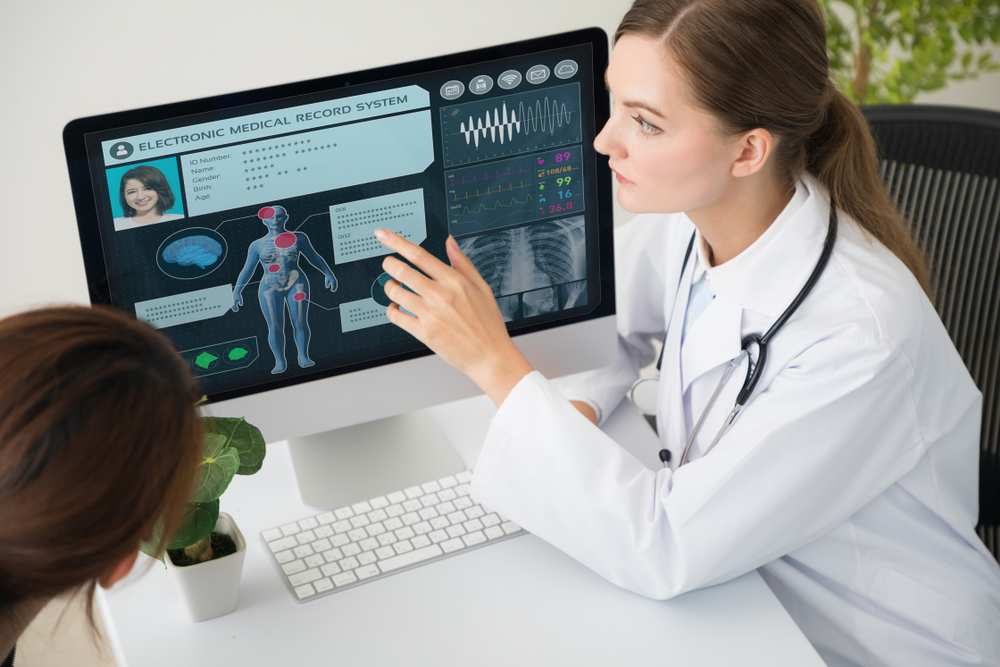
-
Expansion of RPM Beyond CCM Scenarios
Conventionally, remote patient monitoring has become synonymous with chronic care management. The RPM ecosystem has thus far been widely called upon in the care of traditional, long-term ailments such as hypertension, heart disease, diabetes, etc. However, we could yet see it gain popularity in newer care settings as well.
Overall, we expect remote patient monitoring to also start making more inroads in other spheres of healthcare, namely:
- Mental health: Rates of depression are on the rise the world over. This has called for the exploration of RPM as a solution for mental wellness. In particular, it may help pinpoint early warning signs by tracking heart activity, sleep patterns, and level of activeness.
- Pediatric Care: When it comes to children, patient comfort is one of the most important factors in ensuring positive outcomes. RPM will be leveraged more in pediatric care to ensure more comfortable disease management for children and their families.
Gradually, RPM will continue to infiltrate even more aspects of care in the coming months.
The Future of RPM in 2023
Remote patient monitoring and the devices used therein will continue to grow even more in 2023. So much so that experts estimated we will surpass the 60 million mark when it comes to RPM patients by the time the curtain falls on 2024. And that’s in the US alone. Overall, the evolution of RPM devices will ensure more cost-effectiveness and intelligent automation, realizing a healthcare future of greater convenience, efficacy, and affordability. To learn more about what lies ahead for RPM, visit the Cardiac Rhythm website.

